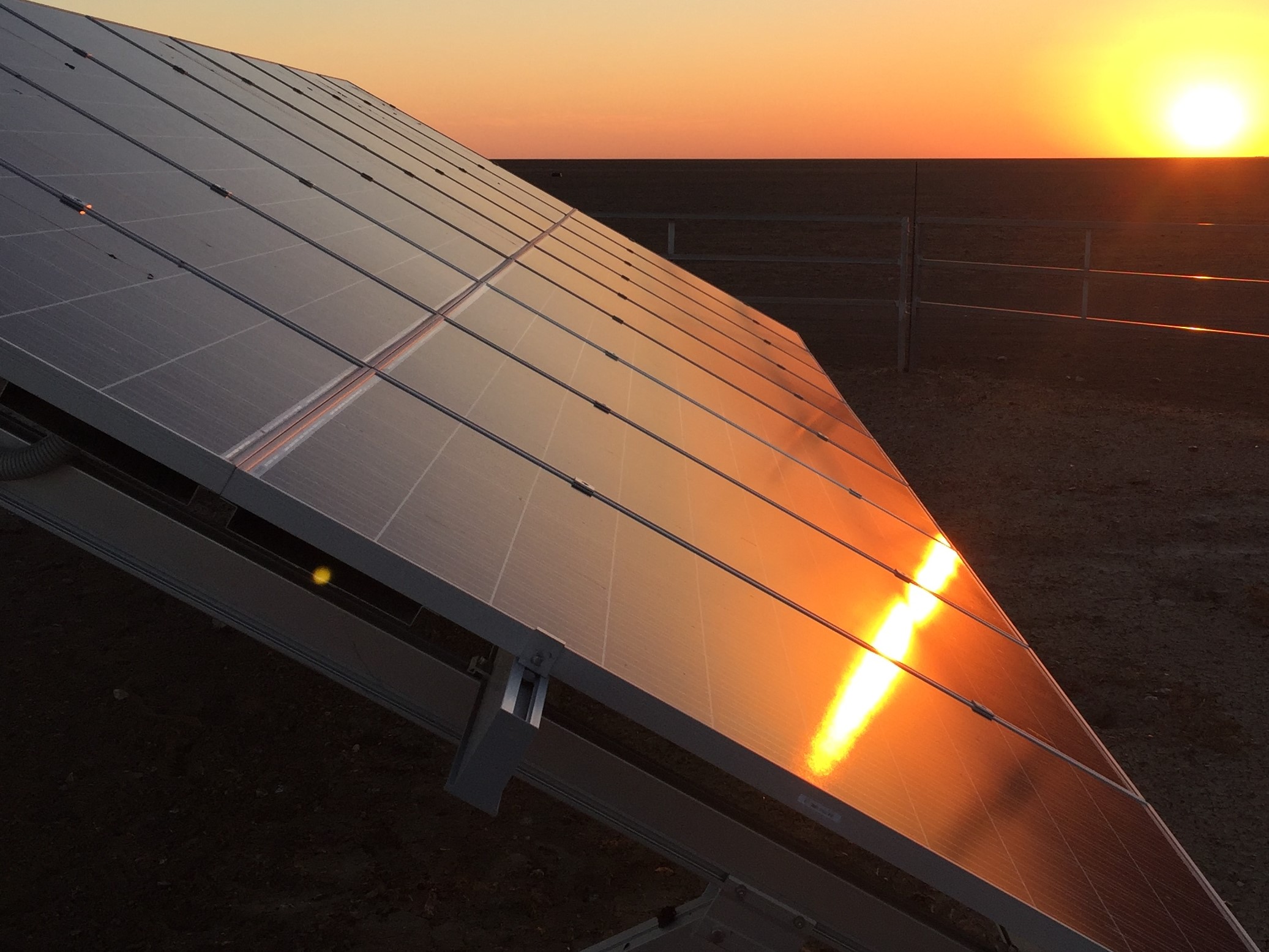Solar irrigation systems can vary in size and complexity, from small-scale setups for individual farms to large-scale installations for commercial agricultural operations. The basic components of a solar irrigation system typically include solar panels, a battery or storage system, a pump or drip-irrigation system, and control mechanisms.
The solar panels collect sunlight during the day and convert it into electricity, which can be stored in batteries or used immediately depending on the specific setup. When energy is required for irrigation, it powers the pump that extracts water either from underground sources like wells or from surface water bodies such as rivers or ponds. The water is then distributed through pipes or drip lines to irrigate fields systematically.
By utilising solar energy instead of fossil fuels or grid electricity, solar irrigation offers several advantages. It reduces reliance on non-renewable resources and helps mitigate carbon emissions associated with traditional power sources. Solar-powered systems also provide cost savings over time since they require minimal maintenance compared to diesel generators or electric pumps connected to grid infrastructure.
Furthermore, solar irrigation promotes sustainable agriculture by improving access to reliable water supplies in remote areas without access to conventional power grids. It enables farmers in these regions to cultivate crops more efficiently while conserving precious natural resources like groundwater.
Overall, solar irrigation plays a crucial role in enhancing agricultural productivity while reducing environmental impact by harnessing clean and abundant solar energy for crop watering needs.

